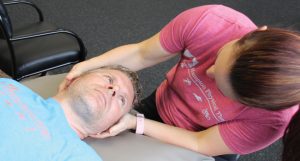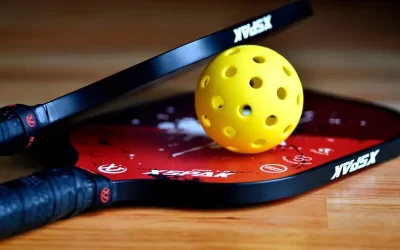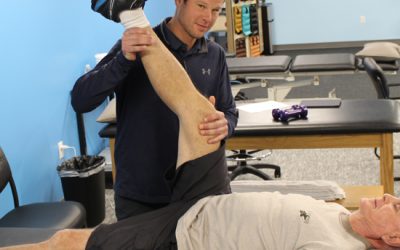
By Lisa Wheldon, DPT, Rye Physical Therapy – Seabrook NH Clinic
Have you ever rolled over in bed and suddenly the room starts spinning? Maybe you went to get your hair done at the salon and you tipped your head back in the sink and you became nauseated. Or every time you go to get up from laying down you feel like you might fall over. All of these events could be the result of a condition typically referred to as vertigo. Vertigo is defined as a sensation of whirling or movement that results in an error message in the central process of position, space, and time. So your brain can’t sense where you are in space causing you to feel dizzy. 20-30% of adults experience dizziness in their lifetime.1
Day after day I hear my patients mention that they can’t do a certain activity because they get light headed or nauseous. This doesn’t have to be the case. Physical therapy can evaluate and likely treat this condition when appropriate. 90% of the time this condition is caused by BPPV (Benign paroxysmal positional vertigo).2 BPPV is a condition that is most commonly seen with people over the age of 50.2 “Most often, BPPV occurs spontaneously, but it also may follow head trauma, neuritis affecting the superior vestibular nerve, or ischemia in the distribution of the anterior vestibular artery.”3 What happens occurs in the inner ear and it affects the vestibular system. This system is in charge of coordinating movement with where the body is in space. Inside the inner ear are crystals (otoconia) located in the canals (semicircular canals) and may become dislodged and throw off a person’s proprioception (sense of where they are in space). If this occurs the individual can have the feeling of the room spinning around them causing nausea, light headedness, and even potentially fall over!
Research has shown that vertigo treatment can be
87% effective in just three physical therapy treatments
At Rye Physical Therapy, a full assessment can be performed to screen out what could possibly be causing your dizziness then direct you to the appropriate treatment. If we don’t feel you are appropriate for therapy we will direct you to correct line of treatment possibly involving neurology, cardiology, or your PCP.  If we do find that you test positive for BPVV through our testing maneuvers we can treat you that day. Treatment will involve different maneuvers to help re-position the crystals through the canals and go back into their proper place. After your treatment you will be instructed on proper at home care. A majority of the time your symptoms could be resolved in this first treatment. Could you imagine you’ve been suffering with this awful dizziness for years and in just one treatment your symptoms could be resolved or greatly reduced? Research has shown that treatment can be 87% effective in just three treatments.3
If we do find that you test positive for BPVV through our testing maneuvers we can treat you that day. Treatment will involve different maneuvers to help re-position the crystals through the canals and go back into their proper place. After your treatment you will be instructed on proper at home care. A majority of the time your symptoms could be resolved in this first treatment. Could you imagine you’ve been suffering with this awful dizziness for years and in just one treatment your symptoms could be resolved or greatly reduced? Research has shown that treatment can be 87% effective in just three treatments.3
 Additional treatments would typically include performing the maneuvers again if you are still suffering from unsteadiness. Also, different exercises can be done to improve balance and visual acuity. VOR (vestibular ocular reflex) exercises, balance training, and soft tissue or spinal manipulation treatment for muscular issues. VOR exercises include gaze stabilization exercises, balance retraining, and vestibular habituation. Gaze stabilization is done to help someone’s ability to stabilize, track, and pursue an object with their vision. This helps someone that may be motion sensitive. Balance retraining involves challenging how someone reacts to sitting or standing on different stable or unstable surfaces. Habituation involves upsetting the persons’ vestibular system and actually making them feel dizzy A comprehensive home exercise program is created for the individual to challenge their vestibular systems.
Additional treatments would typically include performing the maneuvers again if you are still suffering from unsteadiness. Also, different exercises can be done to improve balance and visual acuity. VOR (vestibular ocular reflex) exercises, balance training, and soft tissue or spinal manipulation treatment for muscular issues. VOR exercises include gaze stabilization exercises, balance retraining, and vestibular habituation. Gaze stabilization is done to help someone’s ability to stabilize, track, and pursue an object with their vision. This helps someone that may be motion sensitive. Balance retraining involves challenging how someone reacts to sitting or standing on different stable or unstable surfaces. Habituation involves upsetting the persons’ vestibular system and actually making them feel dizzy A comprehensive home exercise program is created for the individual to challenge their vestibular systems.
These exercises can also be useful in treatment with patients with post-concussion symptoms. After a head injury where someone loses consciousness this patient has a concussion. So there has been trauma and damage to the brain. Patients can suffer from an under active vestibular system Following this injury people can suffer from memory fog, vision issues, fatigue and just not feeling like themselves. It is recommended that for proper healing of the brain tissue they should abstain from their sport or typical activity level for 30 days.3 If symptoms persist for longer than 90 days the person falls under the post-concussion category.3 These patients can benefit from physical therapy.
If you are suffering from dizziness Rye Physical Therapy is here to help. Call for an evaluation. When you call we recommend stopping any anti-dizziness medication for 24 hours prior to treatment in order to be properly screened. We can get you scheduled ASAP, you should bring a driver for your safety.
Don’t suffer any longer when you can be seen in a matter of days and start living your life again!
REFERENCES
1. Neuhuaser HK. The epidemiology of dizziness and vertigo. Handbook Clinical Neurology. 2016;137:67-82. doi: 10.1016/B978-0-444-63437-5.00005-4.
2. American Musculoskeletal Institute. Vestibular rehabilitation specialist handbook. 2017.
3. Herdman SJ. Benign Paroxysmal Positional Vertigo.
https://www.ptnow.org/clinical-summaries-detail/benign-paroxysmal-positional-vertigo-bppv. April 2018.




